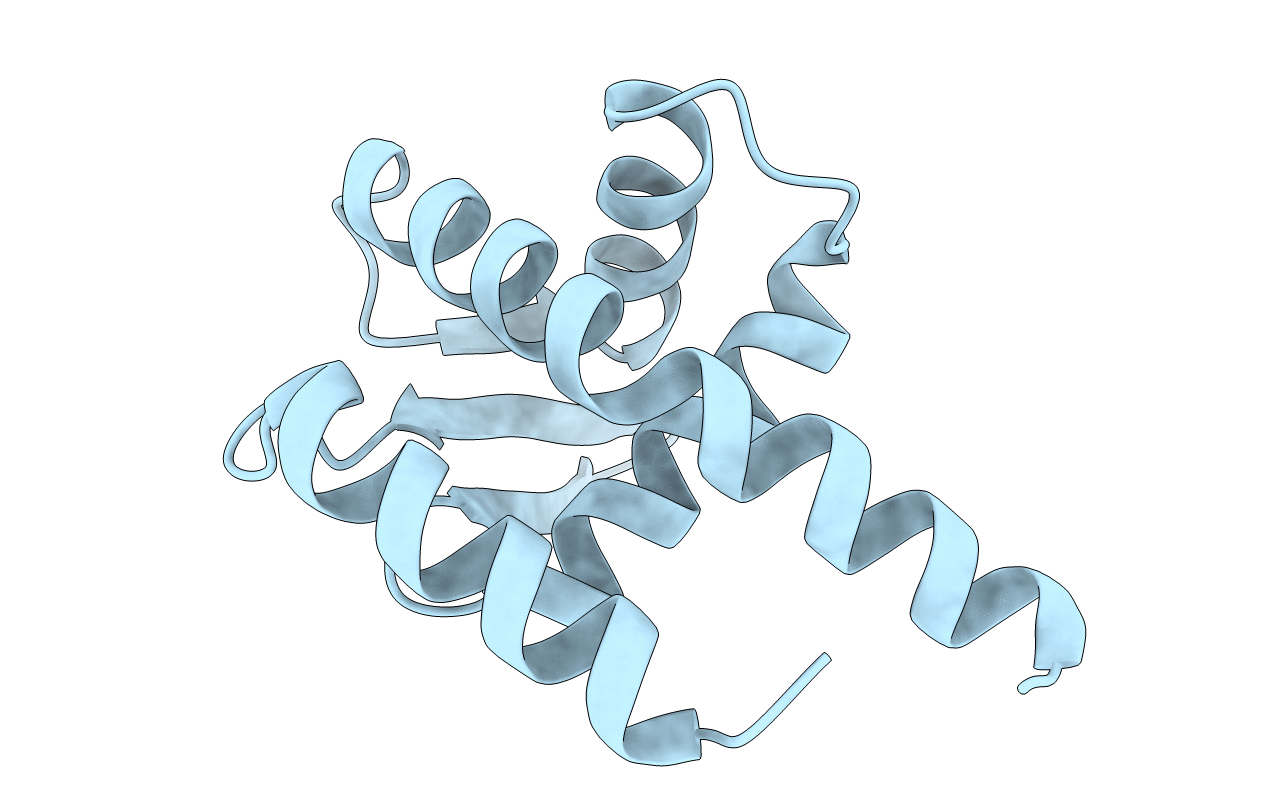
Deposition Date
2009-07-06
Release Date
2009-10-13
Last Version Date
2025-04-30
Method Details:
Experimental Method:
Resolution:
1.89 Å
R-Value Free:
0.23
R-Value Work:
0.21
R-Value Observed:
0.21
Space Group:
P 41 21 2


